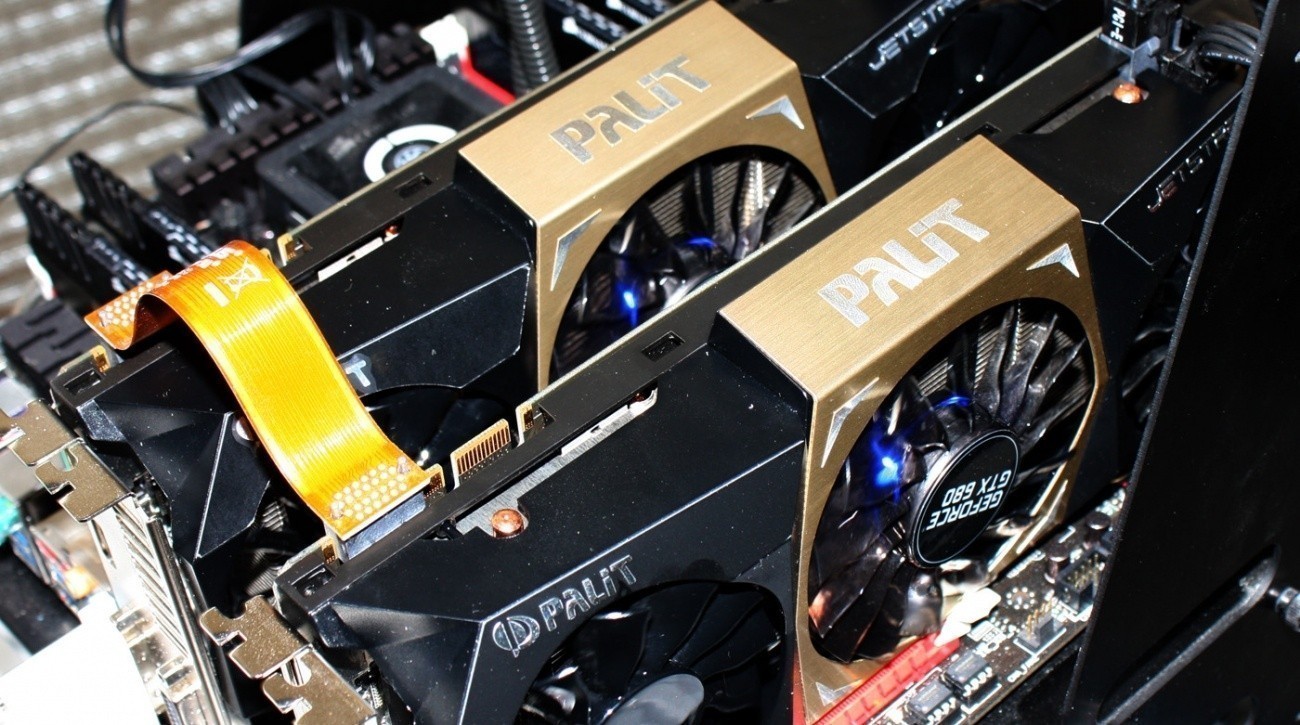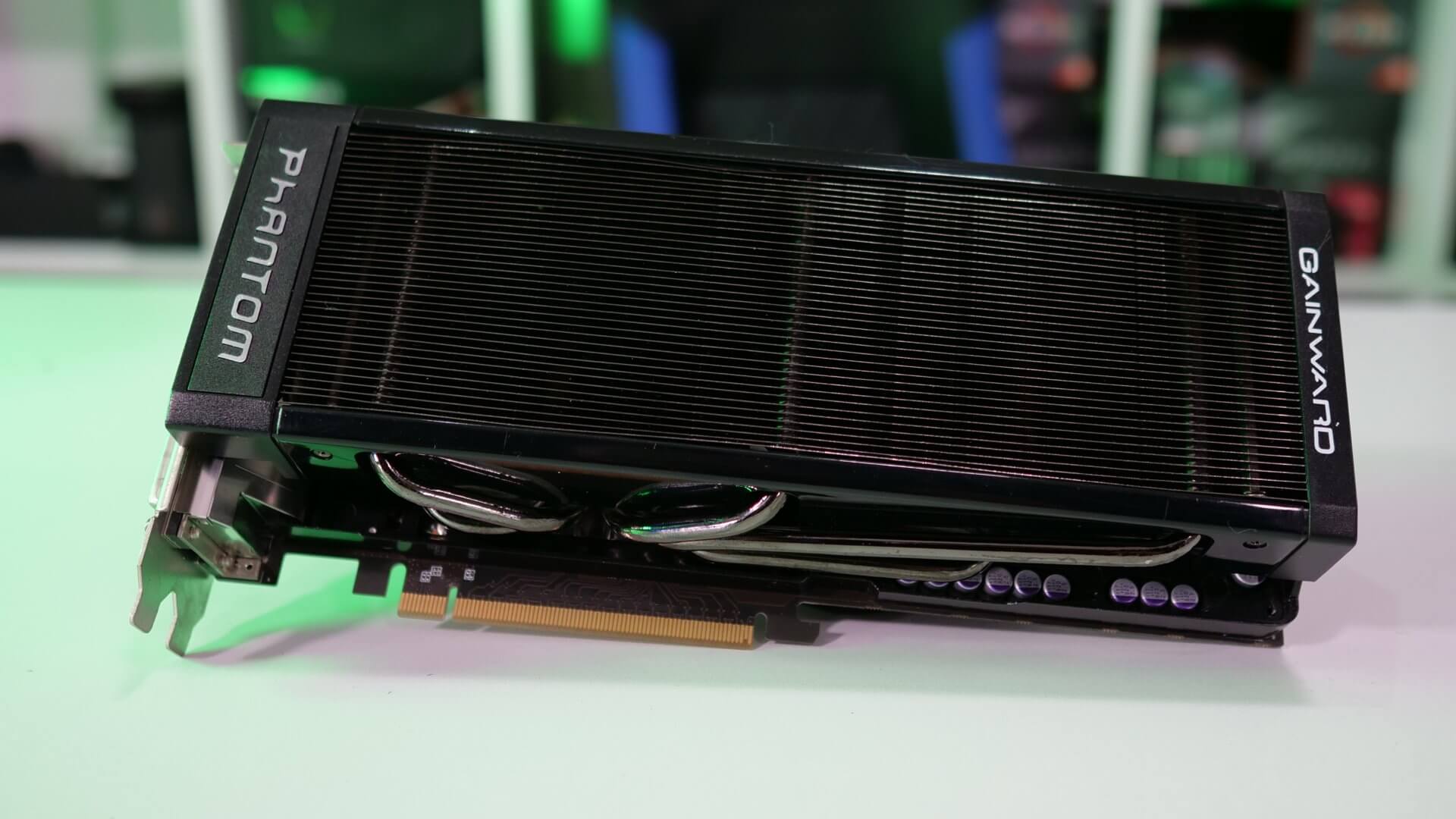


Lehpron your input will be most valuable on this subject, and I completely agree that people should invest for long term. Unless you never intend to get new games from this point on, you should plan ahead. In other words, I will always advocate considering future uses and thus recommend the higher Vram model regardless of how games of today do in Vram requirements. But eventually higher res single displays will become common, and suddenly a 4GB card may become the rule as opposed to the exception. It seems so far that of the available or popular high resolution displays with multi-monitors, 2GB is sufficient most often. The only issue is whether a particular game at a particular detail level and resolution can actually reach or breach 2GB or more at a time. Granted if you want 4GB buffer maintained at 120Hz, then that is 480GB/s and you'd need 15GHz Vram at 256-bit- or 512-bit at 7.5GHz, which is more practical in terms of capability. But at 240GB/s, that refresh rate is equal or less than your display's refresh rate if you filled the 4GB buffer completely. If you want to talk about the latency, then sure, a 4GB buffer would take twice as long to refresh as 2GB at whatever bandwidth. That the interface is 256-bit on GTX680 doesn't matter because the high memory frequency compensates. If instead there was a 512-bit interface with half the effective memory frequency, then the bandwidth is the same if they have the same GPU core specs, then both graphics cards will perform identically. So what I have read is that since they only gave these gpu's a 256 bit memory bus the cards with 4gb don't bench mark any better than the 2 gb cards, I was wondering if this holds true in resolutions above 1920x1200.You can't judge the interface width independently, look at the memory bandwidth.


 0 kommentar(er)
0 kommentar(er)
